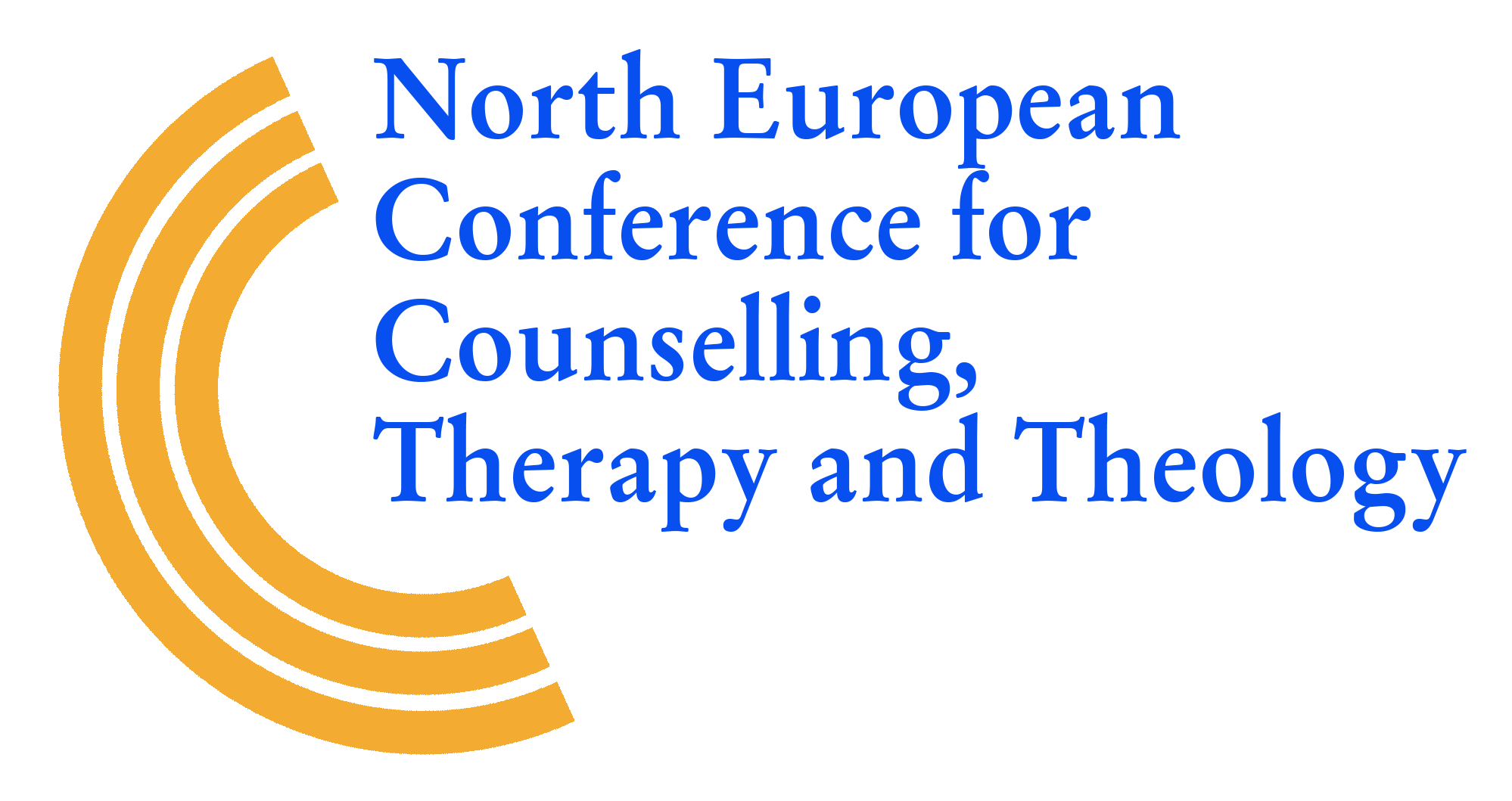1
PBSP-Therapy
(Pesso therapy)
Kirstine Hansen (DK)
Student minister, PBSP-Therapist
Marianne T. Vedsted (DK)
PBSP-Therapist
PBSP therapy is a mild and gentle interactive psychotherapy that offers the client a new way of being in the world. By releasing old traumas, you can get new opportunities to act and breaking old patterns and becoming more your true self. PBSP is a group therapy where group members can be involved as support in the clients process. Care for everyone in the room, both the client and the group, is built into the therapy.
2
Gestalt Therapy and Supervision group
Florian Aydogan (D)
Graduate theologian, Gestalt therapist, Supervisor
A „gestalt” is a unit of meaning in which the total is more than the sum of the parts. Gestalt therapy aims to clarify the process of how the clients interpretate and structure their raw data of perception into narrative, and how this narrative (values, wishes) supports their choices of action.
Much of the work will take place with the help of „the empty chair“, a guided dialogue where an empty chair represents another person with whom the clients have a conflict, or with some part of themselves that they try to deny. The basic tenet is the paradoxical theory that you cannot change something you do not accept (A. Beisser).
Some of the issues people bring up for a therapeutical dialogue with the trainer or “the chair” may be on a deep religious or existential level; others may be pedagogical, aiming at clearer communication about trivial annoyances in everyday life. Both levels are equally important for the purpose of the group which is introducing the participants to the thinking and practice of gestalt therapy. The process of the dialogue is more important for the contact with other people than the content, and an individual’s process of communication tends to repeat itself in his/her dialogues at many levels.
3
A picture is a good place –
Art workshop
Ole Lindquist (DK)
Visual artist,
teacher of art and creativity
and art-as-therapy
„In the beginning was the image“ says the Danish painter Asger Jorn almost as a complementary version of the beginning of John‘s Gospel. And his words contain a truth: Our psyche consists of images, symbols, pictures. So when we create images, we speak the language of the psyche.
In this workshop the picture and its image is at the center. Both as a laboratory and as a playground. The picture is a spacious thing where most things can be invited inside. To create is to add something that did not exist before. When I change an image, the image simultaneously changes me, creation has consequences in both directions.
Therefore, creation opens new doors and is often therapeutic.
A picture is a good place to be in whatever we are curious about: Our courage, our doubt, our wounds or our capacity for forgiveness.
Our innate knowledge of what is needed to heal a wound, to add what is missing or to invent what is not yet here – all of that we are in touch with when we create. Creation is a multidimensional occupation.
We work in various materials in the form of painting, drawing, collage, and 3-dimensional work and we are pending between periods of creative work and reflective conversations that are always based on the visible images we have in front of us.
4
“Every true second time is a release from the first.” (J.L. Moreno 1923) – Psychodrama
Jolanta Baltin (LV)
Psychologist and Psychodrama Psychotherapist (TEP)
The word psychodrama means soul in action. The philosophical basis of psychodrama is based on religion, ancient Greek philosophy and theater. dr. Jakob Levi Moreno, a Viennese psychiatrist, while creating and developing psychodrama, conducted several studies that confirmed the idea that action is more effective than words. Only through action can we achieve any change. Another question is who or who initiates the action? Love, justice and forgiveness are value-based actions. Before psychodrama was born – as an active method – Dr. Jakob Levi Moreno was engaged in the study of human values and created Axiodrama, in which, with the help of action, a person was allowed to see, realize and evaluate his own and others‘ values. Such an offer back in 1918 was relatively revolutionary and the author of the theory himself said so – I have created the therapy of the next century. Today, in the world, psychodrama and other components of thoughts and methods created by Dr. Jakob Levi Moreno are freely integrated into other theories, widely used in various industries.
In this workshop, participants will be able to experience Axsiodrama, through which we will study the concepts of Love, Justice and Forgiveness in action. Through a genuine meeting with each other, we will awaken our spontaneity to create something new and inspiring.
